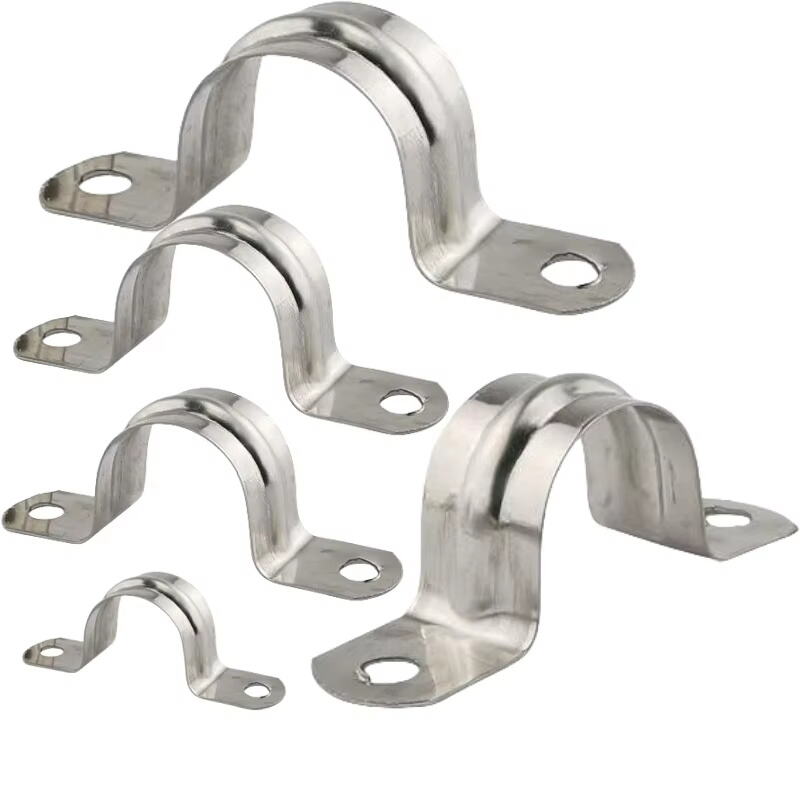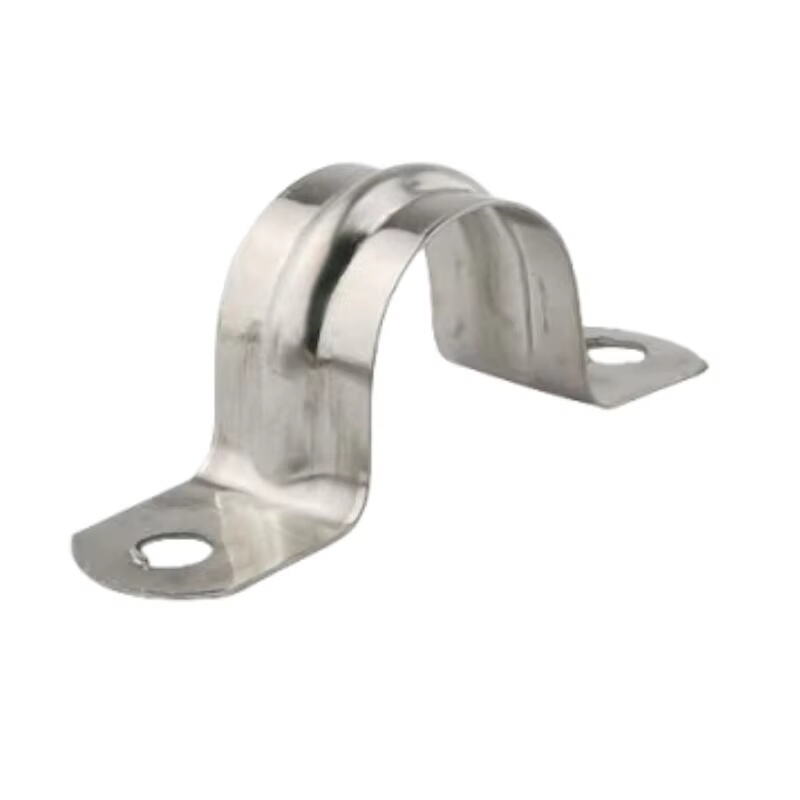Understanding Spring Hose Clamps as Essential Plumbing Components
In modern plumbing systems, the reliability and efficiency of connections play a crucial role in preventing leaks and ensuring system longevity. Spring hose clamps have emerged as indispensable components in creating secure, leak-proof connections between hoses, pipes, and fittings. These versatile fastening devices utilize the constant tension of a spring mechanism to maintain consistent pressure, making them ideal for various plumbing applications.
The innovative design of spring hose clamps represents a significant advancement in plumbing technology. Unlike traditional screw-type clamps, spring hose clamps provide uniform pressure distribution around the entire circumference of the hose or pipe. This essential characteristic ensures a more reliable seal and reduces the risk of leaks that could potentially damage property or compromise system integrity.
Core Components and Design Features
Spring Mechanism Engineering
The heart of spring hose clamps lies in their carefully engineered spring mechanism. Manufactured from high-grade stainless steel, these springs are designed to maintain consistent tension over extended periods. The spring's coil design allows for optimal force distribution, ensuring that pressure remains uniform even under varying temperature conditions and vibration.
Modern spring hose clamps incorporate precise calculations in their design, with spring rates carefully calibrated to provide adequate clamping force without risking damage to the hose material. This balance is crucial for maintaining long-term reliability while preventing common issues such as over-compression or insufficient sealing.
Material Selection and Durability
The choice of materials used in spring hose clamps significantly impacts their performance and longevity. Premium spring hose clamps typically feature corrosion-resistant stainless steel construction, making them suitable for both indoor and outdoor plumbing applications. The material composition ensures durability in diverse environmental conditions, from humid basements to exposed outdoor installations.
Advanced coating technologies further enhance the corrosion resistance of spring hose clamps, with some manufacturers applying specialized treatments to protect against aggressive chemicals and environmental factors. This attention to material quality translates directly into extended service life and reduced maintenance requirements.

Installation Techniques and Best Practices
Proper Sizing and Selection
Selecting the appropriate size of spring hose clamps is crucial for optimal performance. Professional plumbers understand the importance of matching the clamp's diameter range with the specific hose or pipe dimensions. This includes accounting for the material thickness and potential expansion or contraction under different operating conditions.
The installation process begins with careful measurement and consideration of the application requirements. Factors such as pressure ratings, temperature fluctuations, and vibration levels all influence the selection of spring hose clamps. Using undersized or oversized clamps can compromise the integrity of the connection and lead to potential failures.
Installation Tools and Methods
Professional installation of spring hose clamps requires specific tools and techniques to ensure proper functionality. Specialized pliers or expansion tools facilitate the correct positioning and tensioning of the clamp without damaging the spring mechanism or the underlying hose material.
The installation sequence involves careful preparation of the connection surface, proper alignment of components, and methodical application of the spring hose clamp. Technicians must verify that the clamp is seated correctly and that the spring tension is distributed evenly around the connection point.
Applications and System Integration
Residential Plumbing Solutions
In residential plumbing systems, spring hose clamps find extensive use in various applications, from water supply connections to appliance installations. Their reliability makes them particularly valuable in areas where access for maintenance is limited, such as behind walls or under fixtures.
The versatility of spring hose clamps extends to both hot and cold water applications, with specific designs accommodating the different thermal expansion characteristics of various plumbing materials. This adaptability ensures consistent performance across the entire home plumbing network.
Commercial and Industrial Applications
Commercial and industrial plumbing systems benefit from the robust nature of spring hose clamps in high-demand environments. These applications often involve larger diameter pipes and higher operating pressures, requiring clamps with enhanced strength and reliability characteristics.
The consistent pressure provided by spring hose clamps proves particularly valuable in systems subject to regular thermal cycling or vibration. This makes them ideal for use in building services, manufacturing facilities, and process piping applications where system integrity is paramount.
Maintenance and Troubleshooting
Preventive Maintenance Procedures
Regular inspection of spring hose clamps forms an essential part of preventive maintenance routines. Technicians should check for signs of corrosion, verify proper tension, and ensure that the clamp remains correctly positioned on the connection. This proactive approach helps identify potential issues before they develop into serious problems.
Documentation of maintenance activities, including the date of installation and any observed changes in clamp condition, aids in tracking the lifecycle of these components. This information proves valuable for planning replacement schedules and optimizing system reliability.
Common Issues and Solutions
While spring hose clamps are generally reliable, certain issues may arise during their service life. Understanding common problems, such as corrosion in aggressive environments or loss of tension due to material fatigue, helps maintenance personnel address these challenges effectively.
Implementing proper remediation strategies, including correct cleaning procedures and appropriate replacement intervals, ensures the continued effectiveness of spring hose clamp installations. This systematic approach to maintenance contributes to the overall reliability of plumbing systems.
Frequently Asked Questions
How long do spring hose clamps typically last?
Spring hose clamps, when properly installed and maintained, can last 8-10 years or longer. However, their lifespan depends on various factors including environmental conditions, pressure requirements, and the quality of the clamp material. Regular inspection can help determine when replacement is necessary.
Can spring hose clamps be reused after removal?
While spring hose clamps are designed to maintain their tension properties, it's generally recommended to use new clamps when reassembling connections. This ensures optimal sealing performance and reduces the risk of leaks due to material fatigue or deformation.
What advantages do spring hose clamps offer over traditional screw clamps?
Spring hose clamps provide several key advantages, including constant tension maintenance, uniform pressure distribution, and resistance to vibration loosening. They also typically require less maintenance and offer more reliable long-term performance compared to traditional screw-type clamps.

